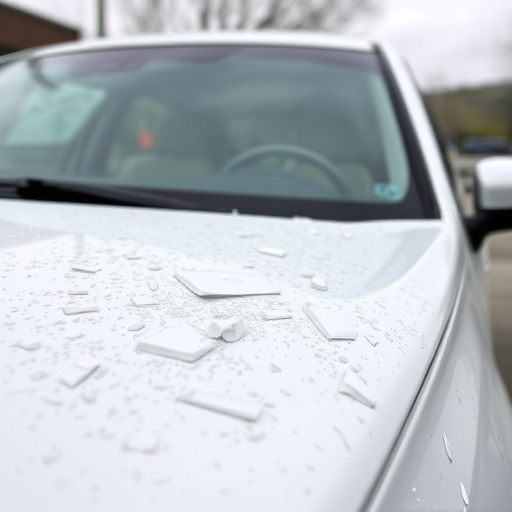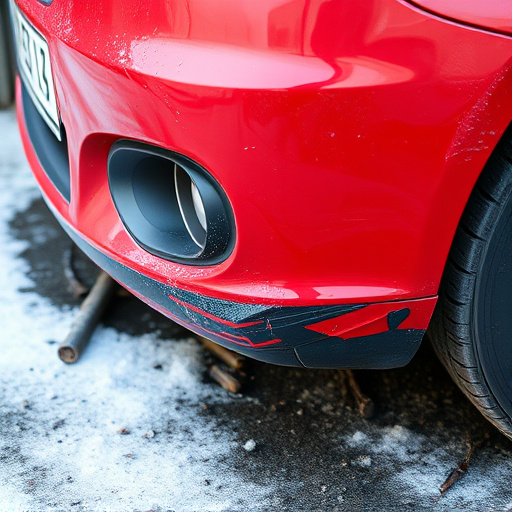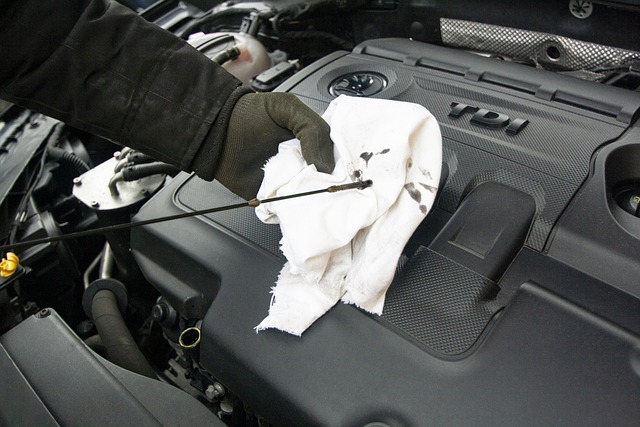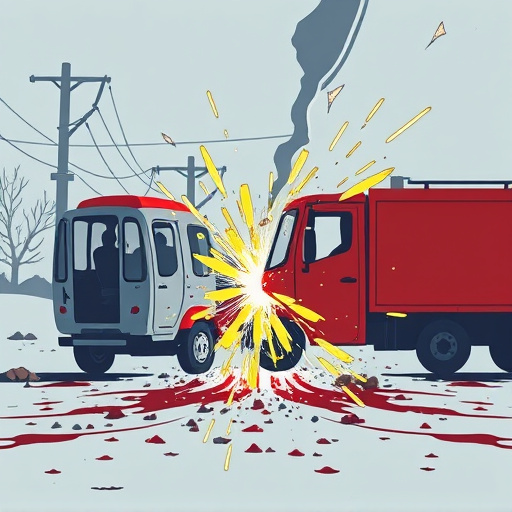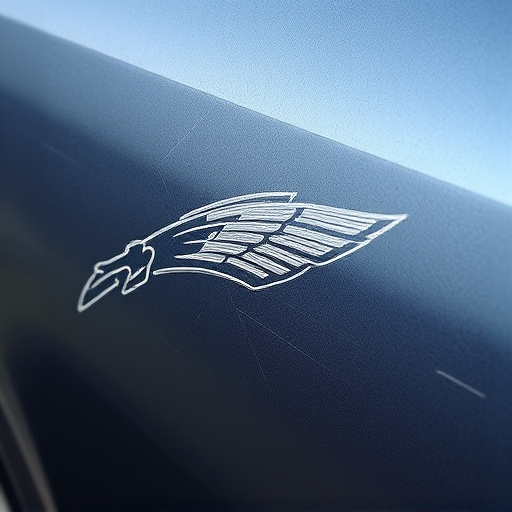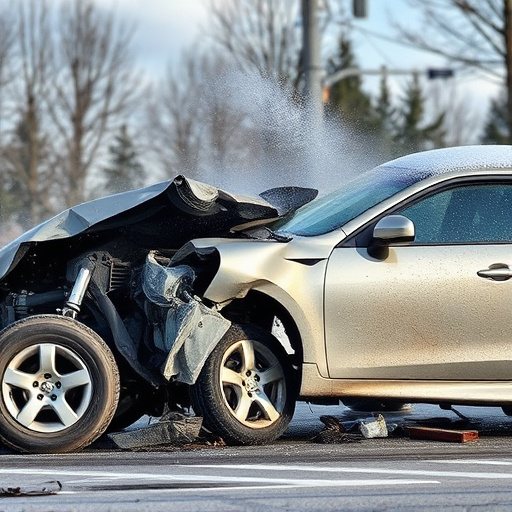Data accuracy and process standardization are cornerstones of efficient claims documentation services. By validating data, cross-checking from multiple sources, and implementing clear protocols, these services minimize errors and enhance claim settlement reliability. Effective communication bridges misunderstandings among insurers, claimants, and repair facilities, streamlining information exchange and facilitating quicker processing. Robust claims documentation services ultimately foster trust and improved customer satisfaction.
In the realm of claims documentation services, challenges often arise from various angles, impacting overall efficiency. This article explores three primary areas where these hurdles manifest: data accuracy, process standardization, and communication barriers. By delving into these topics, we aim to provide insights on overcoming misconceptions, streamlining processes, and bridging gaps that commonly plague claims documentation, ultimately enhancing service quality.
- Data Accuracy: Overcoming Misconceptions and Errors
- Process Standardization: Streamlining for Efficiency
- Communication Barriers: Bridging Gaps in Documentation
Data Accuracy: Overcoming Misconceptions and Errors
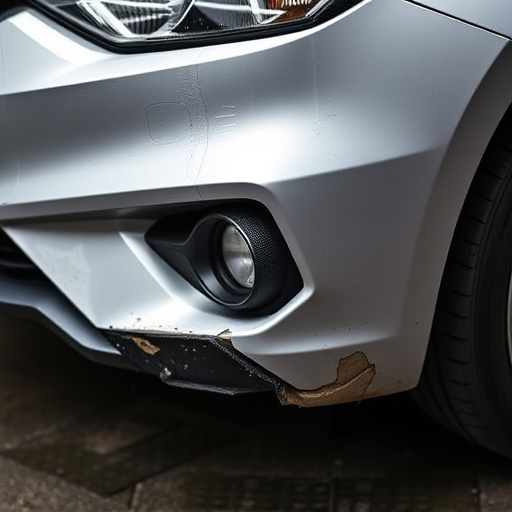
Data accuracy is a cornerstone of any efficient claims documentation service, yet it’s often overlooked as a potential source of challenges. Misconceptions and errors can creep in at various stages, from initial data entry to information verification. For instance, during the chaotic aftermath of an accident, vital details like vehicle specifications, damage extent, or even policy terms might be misinterpreted or left out, leading to discrepancies later on.
This is where a robust claims documentation service plays a pivotal role in ensuring accuracy. Through meticulous data validation processes, these services cross-check information from multiple sources—from digital records of car dent repairs to expert assessments—to minimize errors. This proactive approach not only enhances the reliability of claim settlements but also fosters trust between policyholders and insurance providers.
Process Standardization: Streamlining for Efficiency
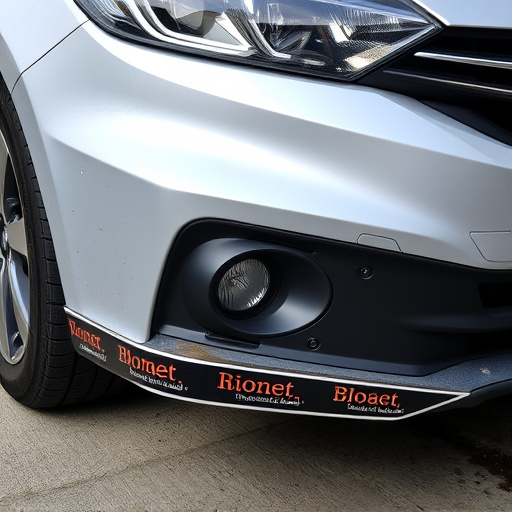
The effectiveness of a claims documentation service often hinges on process standardization. By establishing clear, consistent protocols for documenting and managing claims, service providers can significantly enhance efficiency. Standardized processes ensure that every step involved in handling a claim—from initial report submission to final settlement—is meticulously recorded and easily retrievable. This streamlined approach not only saves time but also reduces errors, as all relevant data is captured using predefined templates and systems.
Such standardization is particularly beneficial when comparing the management of diverse claims, such as tire services or fender repair, under a single roof. Vehicle repair claims, for instance, require detailed documentation to ensure accurate billing and coverage. A well-standardized process ensures that every vehicle repair claim is handled with the same level of care and precision, facilitating quicker turnarounds and improved customer satisfaction.
Communication Barriers: Bridging Gaps in Documentation
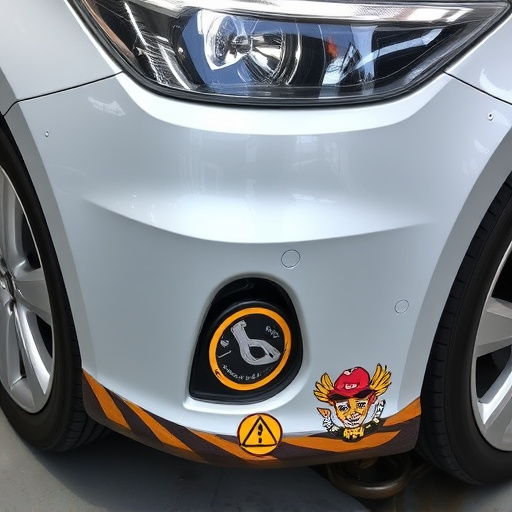
Effective communication is a cornerstone of any successful claims documentation service. However, navigating the complexities of insurance claims often leads to communication barriers between all parties involved—insurers, claimants, and repair facilities like car body shops. These gaps can arise from misunderstandings, miscommunications, or differences in terminology, particularly when discussing intricate vehicle repair processes.
Bridging these communication divides is essential for ensuring accurate and efficient claims processing. Claims documentation services play a vital role here by serving as intermediaries. They streamline the exchange of information between insurers and claimants, facilitating clear discussions about vehicle damage, estimated repair costs, and timelines. By employing experienced professionals who understand both insurance protocols and vehicle bodywork, these services help resolve ambiguities, thereby reducing delays and ensuring satisfaction for all stakeholders, whether it’s a car body shop handling repairs or a claimant seeking compensation.
In navigating the complexities of a claims documentation service, challenges often arise from data accuracy misconceptions, inefficient processes, and communication barriers. By implementing standardized procedures, emphasizing clear communication, and prioritizing data integrity, these obstacles can be effectively overcome. A well-streamlined claims documentation service not only enhances efficiency but also fosters stronger relationships between stakeholders, ultimately ensuring smoother claim processing and better customer satisfaction.




